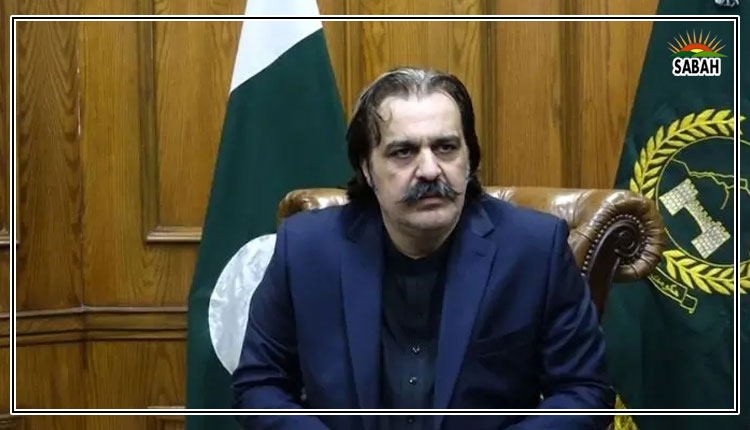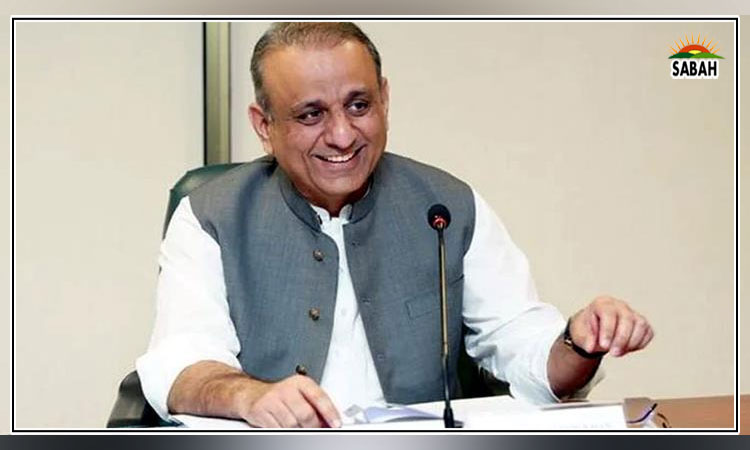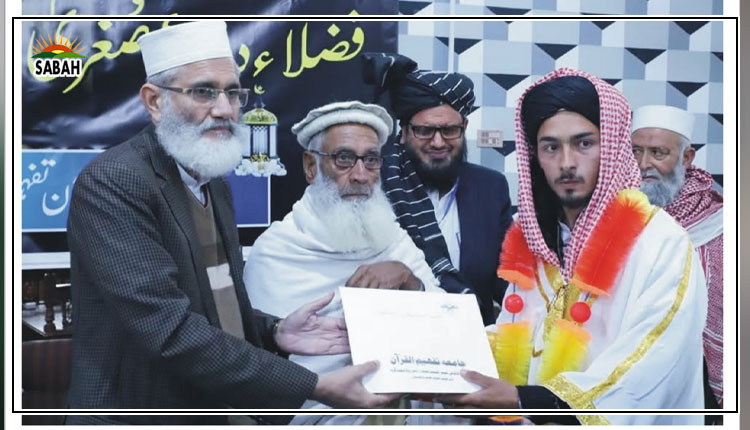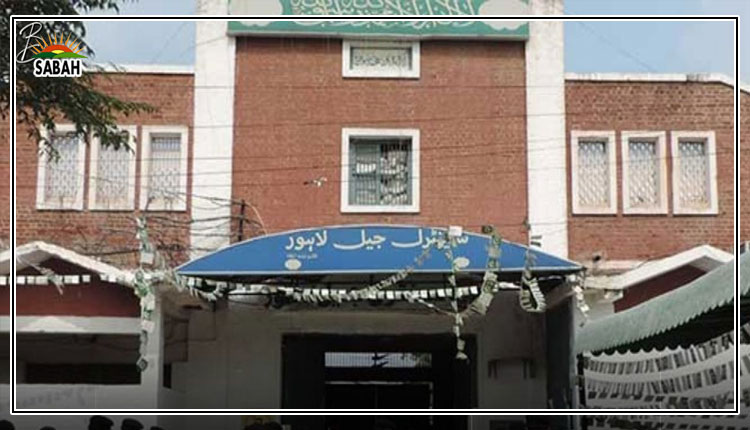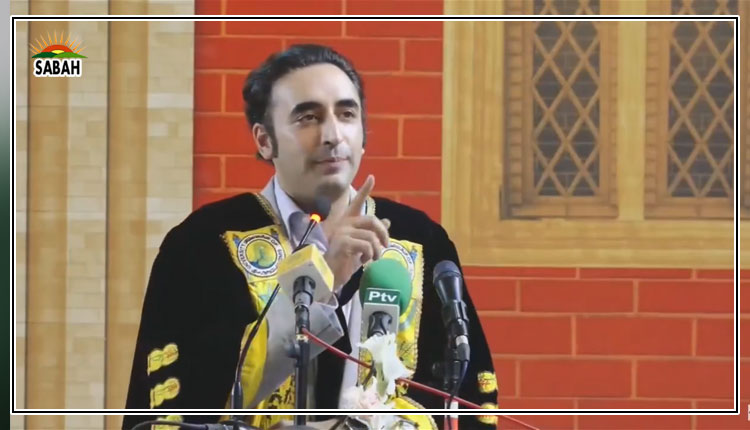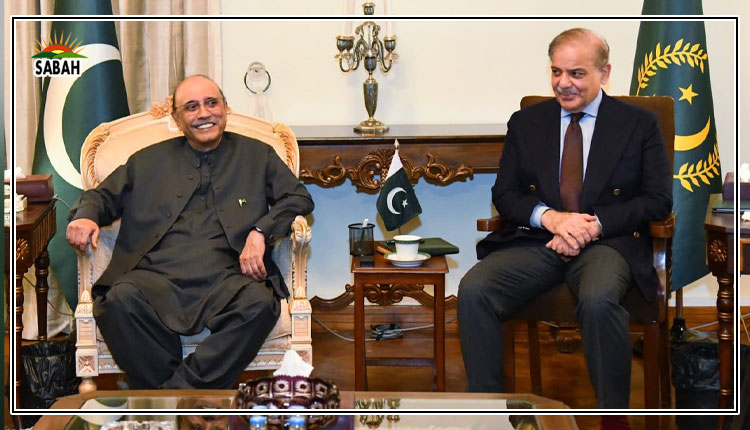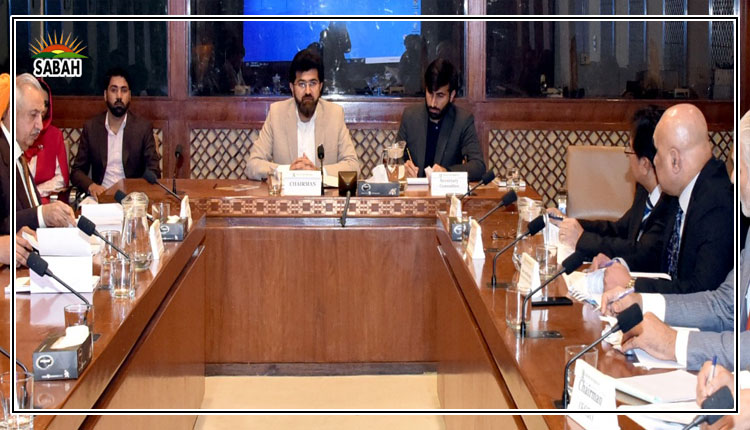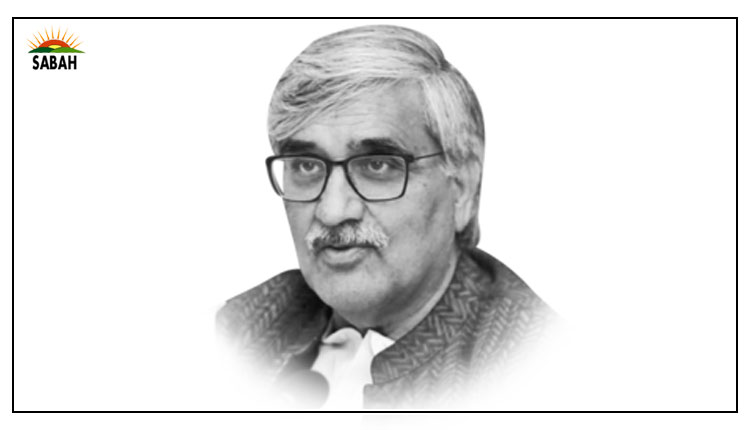Level playing field?…Ahmed Bilal Mehboob
IT is both fair and legitimate to demand a level playing field for the coming, and for that matter every, election. The PTI, being the aggrieved party since its ouster from government in April 2022, has been at the forefront complaining about an uneven electoral playing field. But lately, the PPP has also been very vocal in raising its demand for a level playing field. Let us look at Pakistans electoral journey before trying to unpack what constitutes a level playing field in the context of elections.
Although direct elections to four of the five provincial assemblies (Punjab, NWFP, Sindh and East Bengal) were held between March 1951 and April 1954, the first direct election to the National Assembly could only take place in December 1970.
The 1970 general election is considered the most fair and free in the history of Pakistan, though it is only true in a relative sense. As put by the late air marshal (retired) Asghar Khan: By Third World standards, the elections were free and fair. There were several complaints about the government supporting Khan Abdul Qayyum Khans faction of the Muslim League even materially and the PPP loudly protested against what they saw as blatant support for the rightist parties by the then information minister, Nawabzada Sher Ali Khan Pataudi. The playing field was, therefore, not exactly level even at that time.
The playing field was thoroughly uneven during the 1977 general election when the ruling PPP heavily rigged the election and faced the wrath of the people in the form of one of the bloodiest agitations subsequently. The rules of the game were drastically changed by Gen Ziaul Haqs martial law government by resorting non-party general elections in 1985 to forestall the possible victory of PPP.
The playing field was heavily tilted against the PPP during the fourth general election in 1988 when, as later publicly admitted and even regretted by the DG ISI Lt-Gen (retired) Hameed Gul, an alliance of anti-PPP parties bearing the name of IJI was created and officially sponsored to thwart an overwhelming victory of the PPP both at the centre and in Punjab. The same pattern was seen during the 1990 general election when IJI was even monetarily supported by the DG ISI as later revealed in an affidavit submitted to the Supreme Court by retired Lt-Gen Asad Durrani who was DG ISI during the 1990 polls.
The Nawaz Sharif government was sacked by the president in 1993 on charges of corruption and misgovernance and a number of cases were instituted against the former prime minister and his party colleagues. They were greatly harassed before the general election of 1993, giving a clear signal to the fence-sitters that Nawaz Sharif and his party would not be allowed to return to power. The same story was repeated in 1996-97, when the Benazir Bhutto government was dismissed by the president and a number of criminal investigations and cases were instituted against her, her husband and her party colleagues and the state media ran a huge campaign to discredit her, to the point that it became extremely difficult for PPP to even run a meaningful election campaign.
Nawaz Sharif, who had won the 1997 general election with a two-thirds majority, was sent packing through a military coup led by Gen Pervez Musharraf in 1999. The next general election was held by the military government in 2002, while Nawaz Sharif and his family were exiled to Saudi Arabia and a kings party called the PML-Q was created through the intelligence apparatus to do Gen Musharrafs bidding.
The result of the 2008 election was also fixed, if one is to believe former prime minister Chaudhry Shujaat Husain who claimed in his book Sach Tau Yeh Hai (this is the truth) that Gen Musharraf had reached an understanding with the PPP to let the party win.
General election 2013 was relatively free and fair as there was no evidence of interference by the state intelligence agencies and a commission of inquiry headed by the chief justice concluded that it cannot be said that on an overall basis, the elections were not a true and fair reflection of the mandate given by the electorate. The PTI, however, considered the election heavily rigged and mounted an agitation against the election result.
The 2018 election saw a heavily tilted playing field against the PML-N and Nawaz Sharif. It favoured the PTI, right from the pre-election phase continuing in the post-election phase and beyond.
In this historical context, it should not be difficult to infer the kind of playing field one should expect for the coming election. If one has to assess how level the electoral playing field is, one can ask the following eight questions: how far are the election laws even-handed? (Largely, these are, and they are not targeted at any party.)
How far is the Election Commission impartial and neutral? (The PTI doesnt think it is, but the jury is still out.)
How neutral are the caretaker governments at the centre and in the provinces? (The general impression is that they are not neutral.)
To what extent is justice being dispensed evenly to all political parties and leaders by the lower and superior judiciary? (One probably needs to wait and see.)
To what extent does the state-owned media exercise neutrality? (Generally, it does not, but the outreach of the state media is limited, anyway.)
Are all parties given an equal opportunity to hold campaign rallies? (Apparently not.)
To what extent do candidates face pressure if they contest on a particular partys tickets? (That stage is yet to come but reports from the field suggest that one can expect a repeat of the unfair scenario of 2018.)
How far is the delimitation of constituencies fair and without intended disadvantage to one or some of the political parties? (It is premature to say as final delimitations will be notified by end November, but apparently, these dont seem to give an advantage to any particular party or parties.) Normally, the voters list is also an instrument of tilting the playing field but, fortunately, our CNIC-based electoral rolls are beyond large-scale manipulation.
Courtesy Dawn




